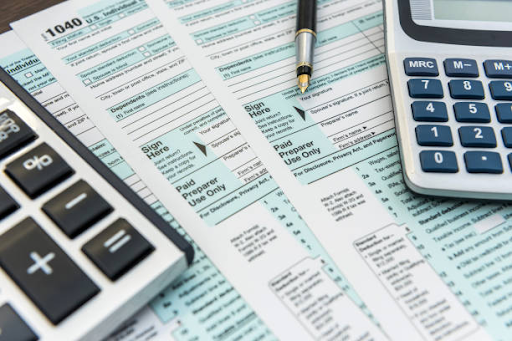
Greetings, I'm Tara Fisher, Vishal's in-house tax expert. In this article, I'll unravel the recent IRS guidance encapsulated in Notice 2021-20, shedding light on critical aspects of the Employee Retention Credit and PPP loans. Join me as we explore the intricacies of these updates and understand their implications.
IRS Notice 2021-20: Employee Retention Credit Demystified
The IRS, in its Notice 2021-20, elucidates the nuances surrounding the Employee Retention Credit (ERC). This guidance is particularly pertinent to employers who received Paycheck Protection Program (PPP) loans. Let's delve into the key highlights of this notice:
Eligibility Criteria: Employers who disbursed qualified wages between March 12, 2020, and January 1, 2021, could claim the ERC if they experienced a suspension of operations or a significant decline in gross receipts. The credit amounts to 50% of qualified wages, capped at $10,000 per employee, encompassing qualified health plan expenses.
Taxpayer Certainty and Disaster Tax Relief Act: An essential amendment introduced by the Taxpayer Certainty and Disaster Tax Relief Act of 2020 permits eligible employers with PPP loans to also claim the ERC. Notably, the same wages cannot contribute to both PPP loan forgiveness and ERC computation.
Key Insights from Notice 2021-20:
Eligible Employers:
The notice delves into the definition of a "trade or business" for ERC purposes, aligning it with Section 162 of the Code, excluding services performed as an employee. A trade or business, according to Section 162, should primarily aim to make a profit and operate regularly and continuously.
Aggregation Rules:
Guidance is provided on aggregation rules, emphasizing that a taxpayer does not need to turn a profit every year, as long as a genuine profit motive exists.
Special Issues for Employees and Employers:
The notice addresses income and deduction considerations for both employees and employers, offering comprehensive insights.
Substantiation Requirements:
Detailed guidelines are provided on substantiation requirements, ensuring clarity on necessary documentation.
Revenue Procedure 2021-20: A Safe Harbor for PPP Loan Recipients
In tandem with Notice 2021-20, the IRS issues Revenue Procedure 2021-20, introducing a safe harbor for businesses that received PPP loans. This safe harbor addresses instances where certain expenses were not deducted on the 2020 tax return due to limitations predating the Consolidated Appropriations Act. Here are the key takeaways:
Background on PPP Loans:
The CARES Act authorized PPP loans to aid businesses impacted by COVID-19. These loans could be forgiven if used for eligible expenses, including employee wages and benefits.
Initial IRS Guidance: Initially, the IRS stipulated that businesses could not deduct expenses paid with tax-exempt PPP income, avoiding a double tax benefit.
Amendments via Tax Relief Legislation:
Tax relief legislation in December 2020 retroactively amended these rules, stating that not only is debt forgiveness excluded from gross income, but no deduction is denied due to this exclusion. Additionally, no reduction in tax attributes or denial of basis increase occurs.
Safe Harbor for Deductions:
Rather than mandating amended returns for 2020, the IRS allows the deduction of eligible expenses on the taxpayer's 2021 return. The safe harbor provisions and criteria for electing this deduction are detailed in Revenue Procedure 2021-20.
Navigating the Tax Landscape: Key Takeaways
As we navigate the evolving tax landscape, understanding these IRS guidelines becomes paramount. The ERC and PPP loan updates offer opportunities for businesses to optimize their tax positions. Key takeaways include:
ERC Claiming:
Employers should leverage the ERC by comprehending the eligibility criteria and understanding nuances outlined in Notice 2021-20. Proper documentation and adherence to guidelines ensure a seamless claiming process.
PPP Loan Deductions:
The safe harbor provided by Revenue Procedure 2021-20 enables businesses to deduct expenses initially excluded on the 2020 tax return. Meeting the specified criteria is crucial for availing this safe harbor.
Strategic Tax Planning:
Businesses are encouraged to engage in strategic tax planning, considering the interplay between ERC and PPP loan provisions. A nuanced approach can yield favorable tax outcomes.
Adaptability:
As tax regulations evolve, businesses must remain adaptable and stay informed about further updates or clarifications from the IRS.
Navigating the Tax Terrain with Expertise
The recent IRS guidance encapsulated in Notice 2021-20 and Revenue Procedure 2021-20 demands careful consideration from businesses and tax professionals alike. Navigating these complexities requires a nuanced understanding of eligibility criteria, safe harbor provisions, and strategic tax planning. As we progress through the tax landscape, staying informed and leveraging expert insights, such as those provided by Vishal, becomes a cornerstone for success.
